special 24v irrigation valve
waterouzel
14 years ago
Related Stories

GARDENING GUIDESHow to Install a Drip Irrigation System
Save time and water with a drip watering system in your vegetable garden — a little patience now will pay off later
Full Story
GREEN BUILDINGHow to Harvest Rainwater for Your Garden
Conserve a vital resource and save money by collecting stormwater for irrigation in a barrel or tank
Full Story
EARTH DAYGrow a Beautiful Garden With Ecofriendly Greywater
Reducing home water waste means lower bills and a healthier planet. Here's how to set up a greywater home irrigation system that can help
Full Story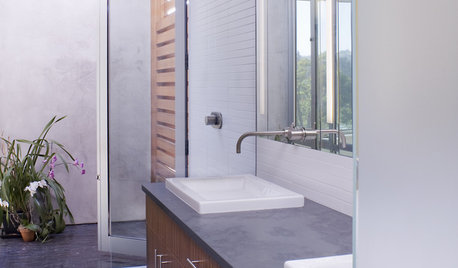
BATHROOM DESIGN10 Amenities to Make Your Bathroom Extraordinary
Go beyond the basics for a luxury bathroom experience, with extra-special options starting at only $25
Full Story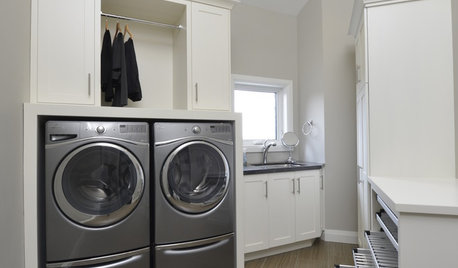
MOST POPULAR10 Smart Ideas for Your Laundry Room Remodel
Make washing and drying easier and more comfortable by considering ergonomics, storage and special features
Full Story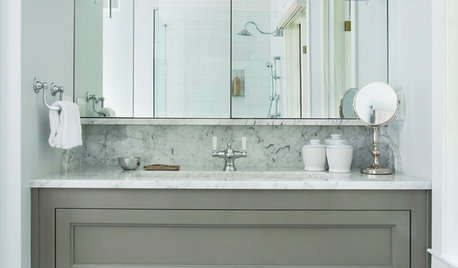
BATHROOM DESIGN4 Secrets to a Luxurious Bathroom Look
Give your bathroom a finished feel with a few splurges and budget-stretching moves
Full Story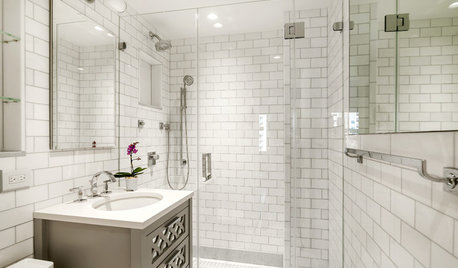
BATHROOM WORKBOOK5 Ways With a 5-by-8-Foot Bathroom
Look to these bathroom makeovers to learn about budgets, special features, splurges, bargains and more
Full Story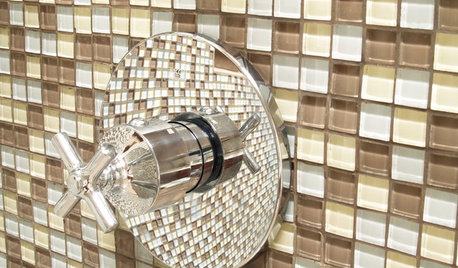
BATHROOM DESIGNConvert Your Tub Space to a Shower — the Fixtures-Shopping Phase
Step 2 in swapping your tub for a sleek new shower: Determine your mechanical needs and buy quality fixtures
Full Story
GARDENING GUIDESGreat Garden Combo: 3 Soft-Looking Plants for a Dry Climate
Weave a romantic tapestry with this drought-tolerant combination of plants as tough as they are lovely
Full Story
GARDENING GUIDESSouthwest Gardener's April Checklist
Welcome the return of roses and herbs, and consider a new use for vines as you rejoice in your newly green spring garden
Full StorySponsored
Columbus Area's Luxury Design Build Firm | 17x Best of Houzz Winner!
More Discussions







homr
waterouzelOriginal Author
Related Professionals
Clark Landscape Architects & Landscape Designers · Ilchester Landscape Architects & Landscape Designers · Manhattan Beach Landscape Architects & Landscape Designers · Marina Landscape Architects & Landscape Designers · Owings Mills Landscape Architects & Landscape Designers · Edmond Landscape Contractors · Ellensburg Landscape Contractors · Long Branch Landscape Contractors · North Haven Landscape Contractors · Shoreview Landscape Contractors · South Lyon Landscape Contractors · Prunedale Solar Energy Systems · Riverside Solar Energy Systems · Western Springs Solar Energy Systems · Verona Solar Energy Systemshomr
waterouzelOriginal Author
lehua49
homr
waterouzelOriginal Author
homr
lehua49
waterouzelOriginal Author
lehua49
waterouzelOriginal Author
lehua49
waterouzelOriginal Author
waterouzelOriginal Author
waterouzelOriginal Author
waterouzelOriginal Author
lehua49
waterouzelOriginal Author
homr
lehua49
waterouzelOriginal Author
lehua49